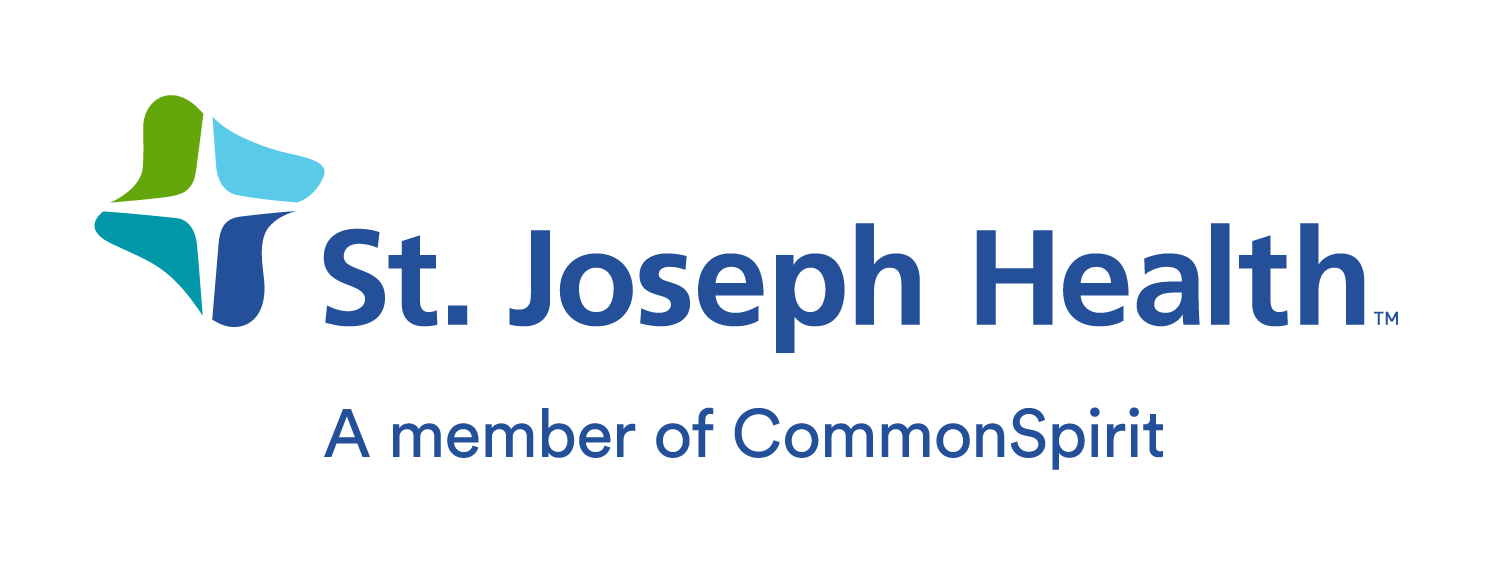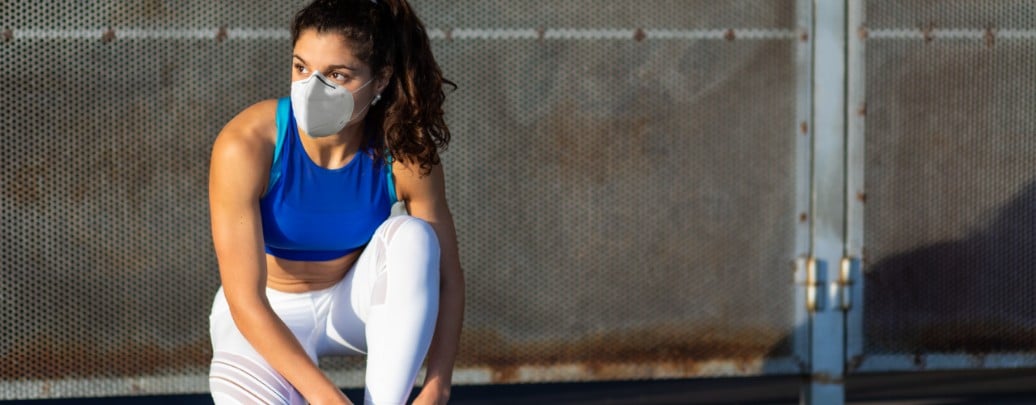As the COVID-19 pandemic remains a major public health concern, people are looking for ways to prevent the spread and return to some of their typical activities safely. While there’s a decreased risk of catching the virus that causes COVID-19 outdoors, due to the larger area for virus particles to disperse and the ability to maintain your distance, is it safe to exercise outside without a mask, especially if you’re with other people?
Are Masks Necessary When Exercising Outside?
To determine if a mask is necessary, you must consider where, when, and how you will be working out. Check out our tips based on:
- Location - If you plan on exercising on an empty street in the suburbs or a trail that isn’t crowded, you probably don’t need a mask. However, if you’re going to a park or another busy location where it might not be feasible to maintain distance from others, bring a mask and wear it when around people.
- Time of Day - Are you going out during peak hours when more people are around or are you choosing to go to the park when there are far fewer visitors? Once again, if you think you may not be able to maintain a safe distance from others, bring a mask.
- Type of Exercise - Workouts that involve traveling from one place to another, such as jogging, running, and biking, are less likely to expose you to virus particles than workouts that happen in one location, like strength training. If you plan on staying in one place for your workout, bring your mask.
Maintaining Social Distance While Exercising Outside
If you’re running in a park full of other runners, is the typical six feet a large enough distance to maintain? Some researchers argue that it isn’t. After extensive scientific modeling, they determined that if you are directly behind another person exercising (or at a diagonal if it’s windy), you are in their slip-stream. This means you are essentially traveling through clouds of their breath and can thus be exposed to any virus particles traveling in the air. Increasing the distance between yourself and the other person can give these particles time to disperse. They recommend maintaining a distance of 15 feet when walking behind someone, 30 feet when running or gently biking, and 60 feet for fast biking.
How to Exercise Safely While Wearing a Mask
Because the mask filters the air you are breathing, it also reduces the amount you take in with each breath. If you’re a beginner athlete wearing a mask, take your exercise low and slow. If you’re more experienced, recognize that you probably won’t be able to do as many reps or travel the same distance as normal. The most important thing to do while wearing a mask is to pay attention to how you feel. If you begin to feel lightheaded, dizzy, numb, or experience shortness of breath, stop working out immediately and take time to breathe deeply. If you have a respiratory condition such as asthma or chronic obstructive pulmonary disease (COPD), it may be dangerous to work out while wearing a mask, so pick a location where you can maintain more than enough distance from others.
If you’re looking for safe ways to get moving, schedule a virtual visit with your St. Joseph and Texas A&M Health Network primary care physician. They can advise you on what type of exercises would work for you, as well as ways to prevent the spread of COVID-19.
Sources:
Medium | Belgian-Dutch Study: Why in times of COVID-19 you should not walk/run/bike close behind each other.
Medium | Why in times of COVID-19 you should not walk/run/bike close behind each other — Follow Up with Q&A by the investigators.
CNET | Exercising with a face mask: The do's and don'ts
Today | Should you wear a mask to exercise outside? Experts say sometimes — here's why
The New York Times | Exercising Outdoors With a Face Mask
Forbes | 10 Tips On How To Run Safely With COVID-19 Coronavirus Spreading




